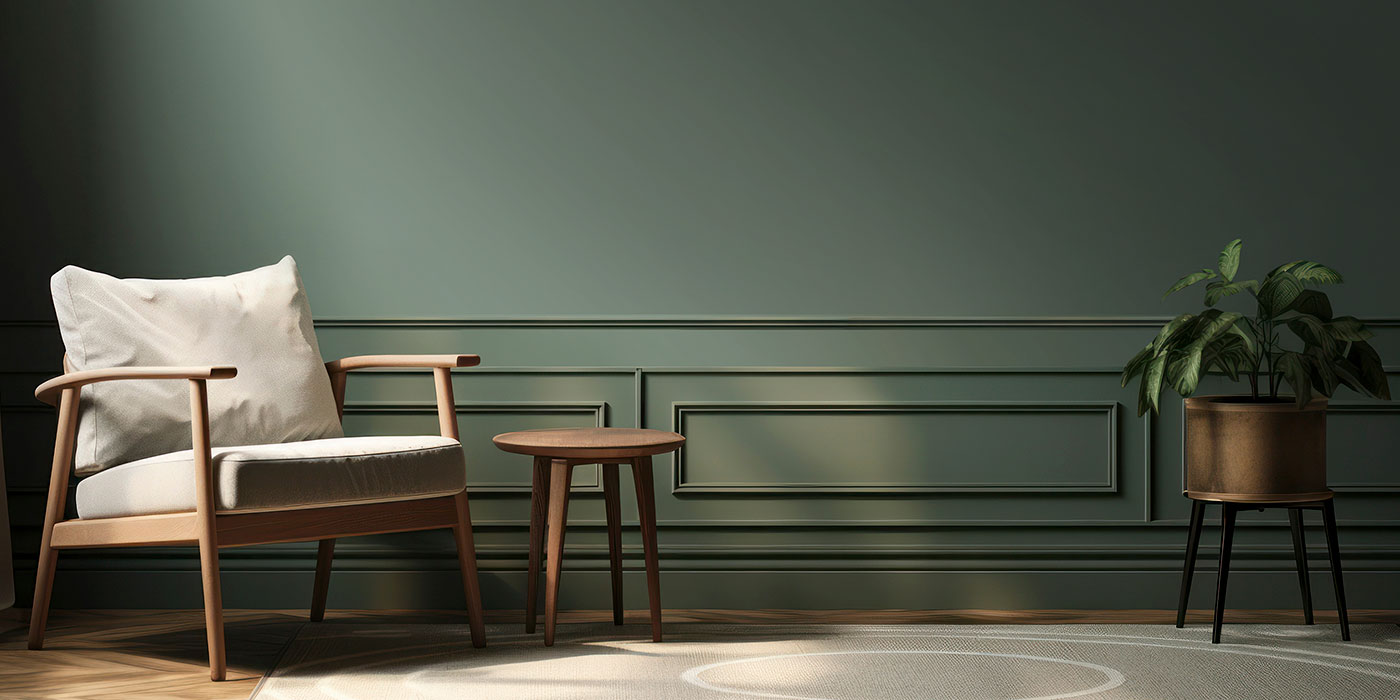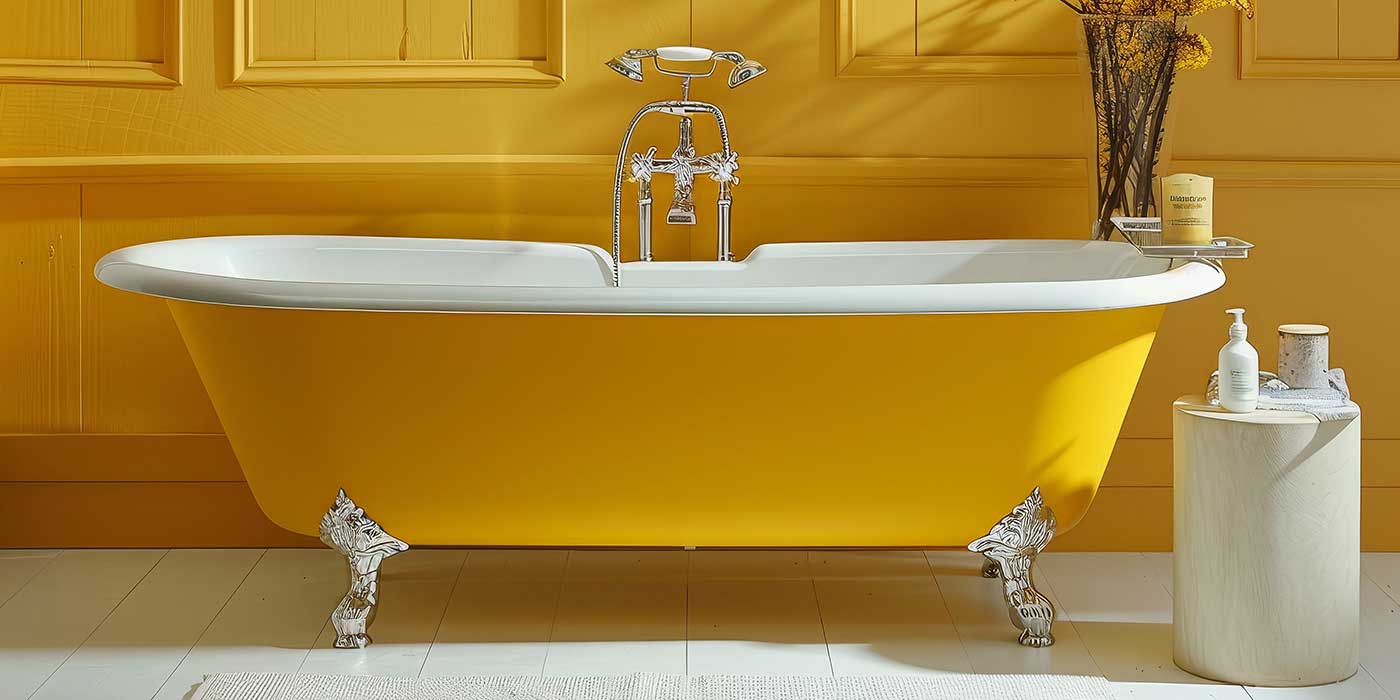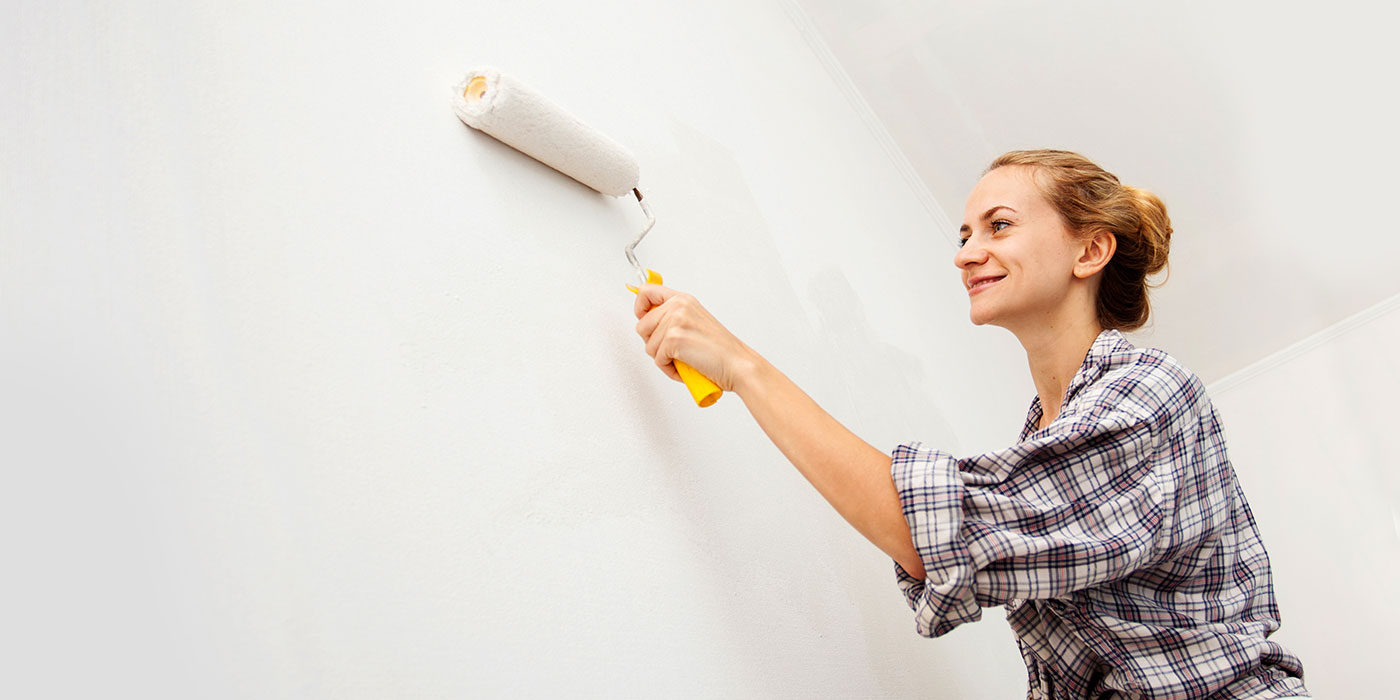You can save a lot of time by installing your new flooring directly on top of your old flooring if it’s in good shape. Make sure to fill any patchy spots with patching compound so your floor is completely smooth. Keep in mind that installing new on top of old will raise the floor height which could be a concern with your appliances, around doorways and the way your flooring flows from room to room. Removing your old floor may be the best option and there are specific ways to remove the different types of flooring.
Linoleum or vinyl
There are two parts to this flooring, the top surface and the adhesive backer, which can often become separated during removal. For sheet floors, use a utility knife to cut the top surface into 6″ to 12″ strips and remove with a scraper. For tile floors, remove each tile with a scraper. Use heat to remove the adhesive backing that is stuck to the subfloor. This can be a wallpaper steamer, a hair dryer or a heat gun for stubborn adhesive. Use a sander to get your subfloor completely smooth.
Laminate
If your old laminate is a floating floor, meaning it is not glued down, you should be able to cut one piece as a starting point and disassemble the floor. If your laminate is glued down, follow the same steps as linoleum or vinyl removal.
Carpet
Use a utility knife to cut carpet and the underlay into strips and remove. Also remove the tack strips around the perimeter of the room as well as all the staples used to attach the underlay to the subfloor.
Ceramic tile
Use a hammer on one tile to break it up so you have a starting point. Use a chisel and pry-bar with your hammer or small sledgehammer to remove the tiles and the mortar. Next, use a pole scraper to remove all the smaller bits of mortar from the subfloor.
Wood
If you are saving your old wood flooring, use a pry-bar to carefully lift each individual plank. If you are not saving your old floor, use a circular saw to carefully cut the flooring perpendicular to the direction of the boards in 2′ rows. Then use a pry-bar and a maul to pull up boards making sure to pull out any nails left in subfloor. If your old wood floor was glued down, remove adhesive with a pole scraper. If this doesn’t work, you might need to use a scraper attachment on a reciprocating saw. If you still have residual glue and as a last resort, try using a chemical adhesive stripper.




